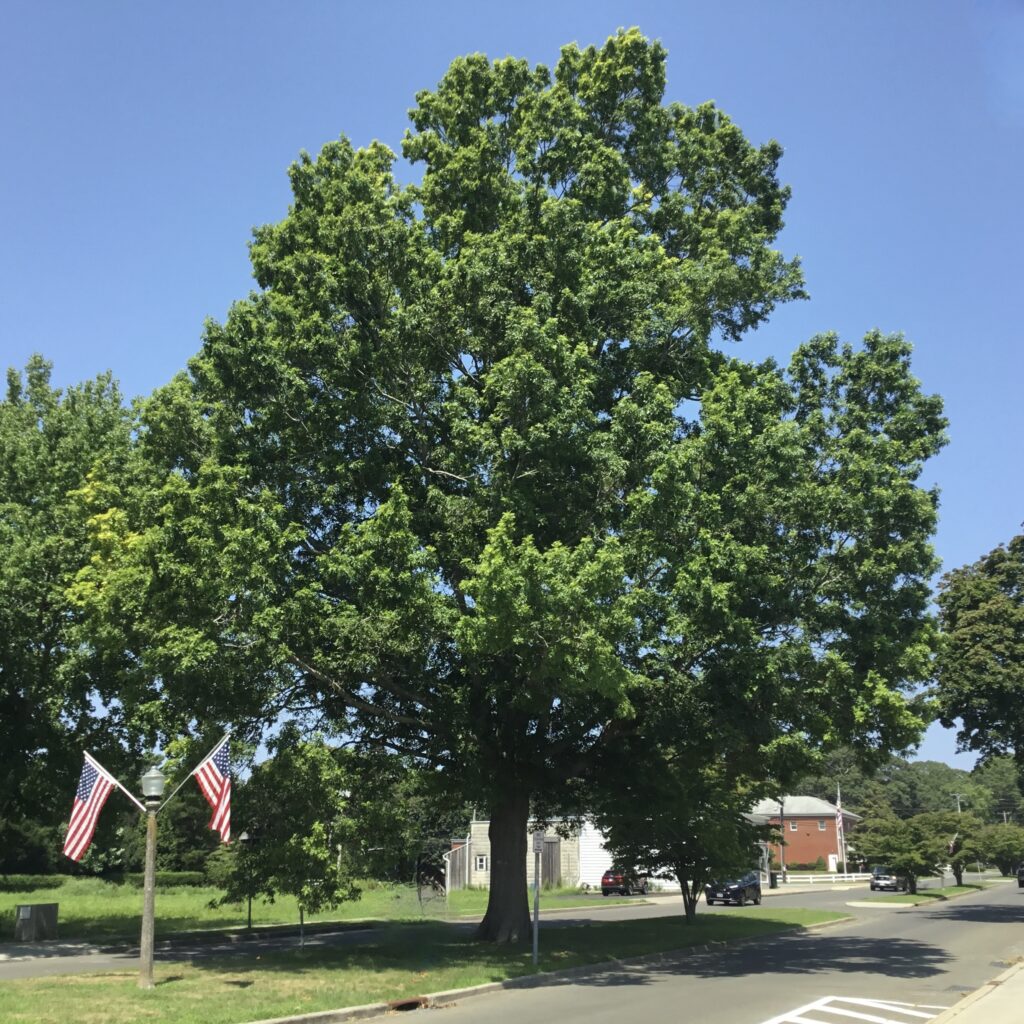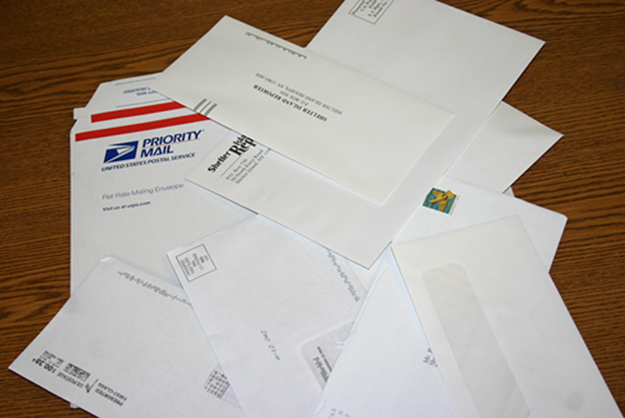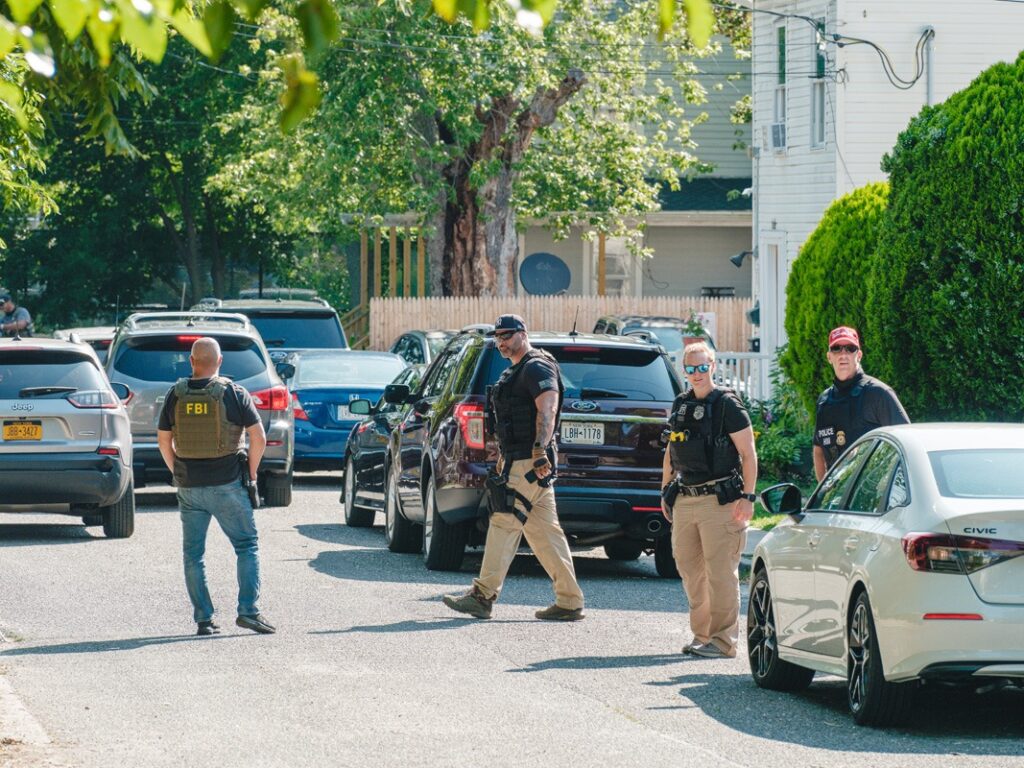Suffolk Closeup: The farming county

Suffolk County in recent years has been the only region in the state to increase its number of farms and add farmland, according to a report from the office of State Comptroller Thomas P. DiNapoli, titled “A Profile of Agriculture in New York State.”
The report includes data from 2017 to 2022, a period in which the state lost 8% of its farms while Suffolk added 18 farms, up 3%. The number of farms in Suffolk in 2022 totaled 578, with the amount of farmland at 33,821 acres.
The number of farms in Nassau is listed as 29, with three farms “lost” between 2017 and 2022. Its farmland totals 665 acres. What a difference from when I was a boy in the 1950s and my family would venture from our home in New York City into Nassau. We drove through the numerous potato farms to get to Syosset and “Lollipop Farm,” an agricultural playground for children, which closed in 1967. The route is now largely covered by suburban sprawl that blankets so much of Nassau.

“Historically, Long Island had a major farming presence,” says the comptroller’s report, “but losses of farmland to suburban development resulted in this region having the lowest number of farms (607) and the least amount of farmland (34,486 acres) of any region outside of New York City.”
In the study period, “Strong growth in farms and farmland in Suffolk County offset losses in Nassau County to make the Long Island Region the only one in the state to see growth in both categories.”
The report, issued in November, adds: “With 85 wineries, Long Island ranks second among regions, and growth in these enterprises in Suffolk may help explain the county’s growth in farms and farmland. Suffolk County’s 79 wineries harvested the third largest acreage of grapes in the state.”
That shift from farmland devoted heavily to growing potatoes in Suffolk to grapes for wine started with a visionary and enterprising young couple, Louisa and Alex Hargrave, launching the Hargrave Vineyard in Cutchogue in 1973.
Moreover, in saving agriculture in Suffolk were two governmental initiatives which became realities after passage in referenda here: the Suffolk County Farmland Preservation Program and the Peconic Bay Community Preservation Fund.
The inspiration for the Farmland Preservation Program was a ride over Suffolk in a helicopter taken by John V.N. Klein, who became County executive in 1972. Klein was looking down on western Suffolk, so much of it having quickly become overlaid in subdivisions and shopping centers, a stark contrast from when he was young.

Then, eastern Suffolk appeared below, green and verdant, with many farms, and their unusual placement juxtaposed with the Atlantic Ocean, Long Island Sound and numerous bays.
Klein began thinking about how this could be saved. The solution: the first-in-the-nation concept of purchasing development rights to save farms.
Suffolk County would pay the owners of the farms the difference between what they were worth in agriculture and the amount if they were sold for subdivisions. In return, the owners would sign binding legal papers keeping the land remaining in agriculture in perpetuity.
Since the program, approved in a countywide referendum, began in 1974 more than 11,000 farmland acres have been preserved. And this, in turn, has been integral in continuing Suffolk as a major site for tourism, as well as a source of fresh food close by.
Preserved has been not only farmland in eastern Suffolk, but also in central and western Suffolk. The concept of purchase of development rights that was pioneered in Suffolk has been emulated across the United States to save farms.
The Community Preservation Fund was modeled after a 2% buyer-paid real estate transfer tax initiated on the island of Nantucket by a nephew of John Klein, Bill Klein. Raised in Syosset in the 1960s, he understood sprawl. At 27, he arrived on Nantucket in 1974 as its first planner.
He saw, as he later told me, the quaint island “subdividing at a rate of 500 lots a year.” His Uncle John was an influence on him. Bill recalled many family dinners where he and his uncle would “chat about growth on Long Island” and what could be done to counter sprawl. main point, the young Klein concluded, was that “if you are really serious about preserving the rural character and guiding growth around existing villages, and stopping it cold elsewhere, you would have to strike out and do wild and crazy things.”

The concept to deal with the development explosion on Nantucket: the 2% real estate transfer tax for open space preservation. The tax was approved by Nantucket voters took effect in 1984. That year, then East Hampton Town Supervisor Judith Hope, on a trip to Nantucket with her husband, the late attorney and environmental activist, Tom Twomey, read about it and brought the concept back to Suffolk County.
Spearheading a measure for a real estate transfer tax in Suffolk County were State Assembly members Fred W. Thiele Jr. of Sag Harbor and DiNapoli of Great Neck Plaza in Nassau County. Mr. DiNapoli was then chair of the New York State Assembly’s Environmental Conservation Committee.
It was passed by referenda in each of the five East End towns, including Shelter Island, and took effect in 1999. The money raised — nearly $2.5 billion so far — goes for the preservation of farmland, and also saving open space, critical groundwater recharge areas, historic places and structures, recreational opportunities, culturally significant properties, and parks.
The establishment of the Community Preservation Fund has been described as a crowning achievement of Thiele’s, among his many successes in his 40 years in government. He has just retired from the Assembly after 29 years a member.
Long Island might have a relatively small number of farms and amount of farmland but, as the report notes, Suffolk in 2022 “harvested” the “largest acreage” and the “second most” acreage in the state of various vegetables it lists. Suffolk is “a commodity sales powerhouse,” it says. And “Long Island also dominates aquaculture sales in the state” with Suffolk “ranking 1.”
Comptroller DiNapoli says: “The critical role farms play in New York cannot be overstated, both as an economic engine for their communities and an essential part of our food supply system. This is especially true on Long Island. In recognition of the importance of agriculture to New York, the state’s policymakers have adopted tax credits and other forms of assistance for farmers. State government must ensure that agriculture in New York continues to support local economies and provide the food we all need … if you have eaten today, thank a farmer.”









